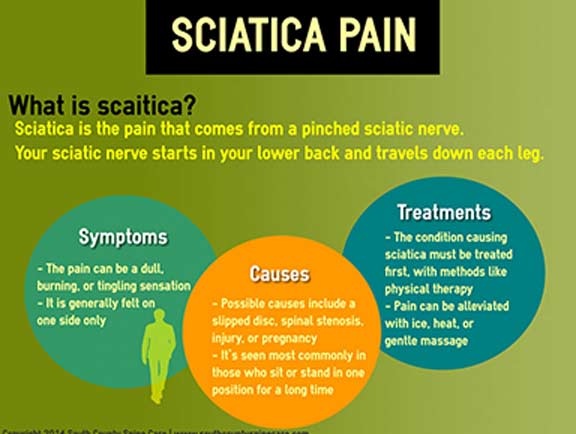When you're checking out discomfort relief choices, you could find yourself evaluating the benefits of cold laser treatment against typical approaches like medicines and physical therapy. While you might value the immediate convenience that NSAIDs or opioids can give, their potential side effects can make you reassess. Cold laser treatment, on the other hand, promises a non-invasive method that targets recovery at the cellular level. You may wonder just how these alternatives stack up in regards to efficiency and safety, and what that might mean for your discomfort monitoring trip.
Overview of Cold Laser Therapy
Cold laser therapy, also known as low-level laser therapy (LLLT), makes use of details wavelengths of light to boost recovery in damaged cells. You could discover this therapy beneficial if you're handling persistent pain, swelling, or injuries.
The process entails routing low-intensity lasers onto the affected areas, advertising cellular repair and decreasing discomfort without damaging surrounding tissues.
During a session, the laser light penetrates your skin, energizing cells and boosting their capacity to recover. You will not feel pain or discomfort, as the treatment is non-invasive and typically secure. Many people experience enhanced circulation, decreased swelling, and sped up tissue fixing following therapy.
You might go through several sessions to accomplish optimum results, relying on your particular problem and response to treatment. The period of each session generally varies from a few mins to half an hour.
It's important to consult with a qualified expert that can examine your requirements and establish an individualized treatment strategy.
Typical Pain Alleviation Techniques
While cold laser therapy provides a modern-day strategy to discomfort alleviation, typical techniques have actually been relied upon for years and continue to be commonly used. You might already be familiar with several of these techniques, which include non-prescription medications, prescription medications, physical therapy, and also alternative practices like acupuncture.
Non-prescription painkiller, such as ibuprofen or acetaminophen, provide fast and available relief for light to moderate pain. Prescription medications can assist handle much more serious pain but frequently included possible negative effects.
Physical treatment concentrates on exercises and stretches to enhance muscles and boost movement, assisting suffering decrease in time. Alternate methods like acupuncture use targeted needle placements to stimulate particular points in your body, possibly reducing discomfort with all-natural devices.
Massage therapy can also provide relief by advertising blood flow and reducing muscle mass tension.
Incorporating these typical methods right into your discomfort monitoring strategy can be valuable, particularly when integrated with more recent treatments. It's essential to talk to your doctor to determine the most effective technique customized to your requirements.
Contrasting Effectiveness and Security
When it pertains to discomfort relief, comparing the effectiveness and security of cold laser therapy with conventional approaches is important for making informed choices. Cold laser treatment utilizes low-level lasers to boost healing at the mobile level, typically leading to decreased discomfort and swelling. joint pain treatment stamford ct report positive outcomes, specifically for chronic conditions like arthritis or tendonitis.
On the other hand, standard techniques like NSAIDs or opioids can give fast relief, however they include possible adverse effects, consisting of intestinal issues or dependency. While these drugs may be effective for short-term pain management, they don't deal with the underlying problems as directly as cold laser treatment.
Safety is another key factor. Cold laser therapy is typically thought about risk-free, with minimal side effects, making it an enticing choice for lasting discomfort administration. On the other hand, typical methods can pose significant risks, especially with prolonged use.
Ultimately, you must evaluate the benefits and drawbacks of each option based on your certain requirements and medical history. Consulting with a healthcare professional can assist you establish the most effective technique to successfully manage your discomfort safely.
Conclusion
In recap, cold laser treatment uses a promising alternative to typical pain relief methods. While NSAIDs and opioids can supply quick relief, they typically include unwanted side effects. If you're trying to find a non-invasive alternative that promotes recovery and addresses persistent discomfort, CLT may be worth thinking about. Always consult your healthcare professional to discover the most effective technique tailored to your needs, ensuring you make a notified choice about your pain administration strategy.
